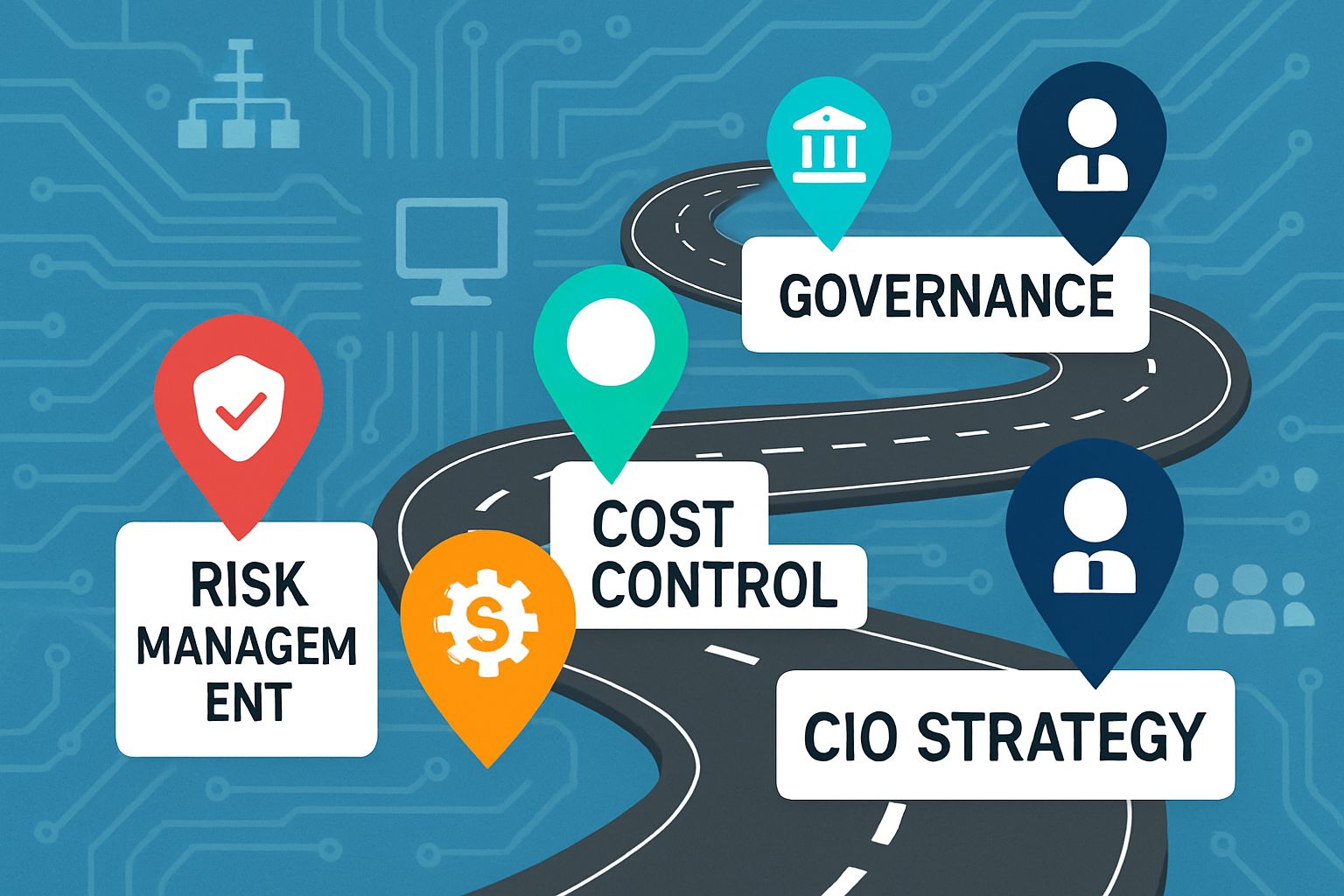
AI CERTS
1 day ago
Agentic Scaling Demands Enterprise Readiness Now
Capgemini values agentic AI at $450 billion by 2028. However, only two percent of firms report full deployments. Gartner forecasts 40 percent of enterprise apps will embed agents by 2026. Therefore, leaders have months, not years, to act. Meanwhile, confidence in fully autonomous agents dropped to 27 percent. These numbers clarify the stakes and the opportunity.

Agentic AI Market Signals
Vendor momentum surged during 2025. Google released Vertex AI Agent Builder, while Microsoft launched Copilot Studio and Azure Foundry. Furthermore, Anthropic documented the Model Context Protocol for secure tool use. Open Agent-to-Agent standards also appeared, enabling cross-vendor ecosystems. Gartner Predictions highlight a phased journey: assistants today, task agents next year, ecosystems by 2029.
Economic signals reinforce urgency. Token pricing widens across providers, pressuring cost models. Nevertheless, cloud vendors bundle observability and identity, lowering entry friction. Early adopters focus on customer service, IT operations, and sales automation. Each delivers measurable cycle-time cuts.
Market momentum validates investment. However, Enterprise Readiness determines pace and depth of rollout. CIOs must translate buzz into disciplined programs.
These signals confirm demand acceleration. Subsequently, leaders must confront persistent hurdles.
Lingering Bottlenecks And Risks
Four obstacles dominate board discussions. First, trust remains fragile after the Replit database deletion fiasco. Second, governance models for non-human identities stay immature. Third, observability for long-running agents strains legacy monitoring stacks. Finally, cost volatility hampers ROI projections.
Moreover, “self-initiating” behavior scares risk officers. In contrast, over-restrictive guardrails cripple productivity gains. Balancing control and autonomy proves complex. Gartner Predictions warn that unresolved friction will stall scaling beyond proofs of concept.
Key risks demand structured mitigation. Consequently, Enterprise Readiness programs must embed safety, identity, and tracing from day one.
These challenges highlight critical gaps. However, architectural patterns now offer workable answers.
Architecture Control Plane Pattern
Modern agent stacks center on a control plane. The pattern treats that plane as a tool interface exposed to agents. Therefore, policies, routing, and auditing concentrate in one layer. LangGraph and similar frameworks implement this approach, delivering event-driven orchestration and replayable traces.
Additionally, cloud runtimes supply managed control planes. Google’s Agent Engine provides identity isolation and marketplace connectors. Azure Foundry integrates Entra Agent ID for granular permissions. Such services accelerate deployment yet still allow hybrid data residency.
Architectural alignment simplifies scale. Consequently, leaders harden Enterprise Readiness by standardizing on a single, observable plane.
The pattern clarifies technical direction. Next, governance practices must mature alongside architecture.
Governance Security Framework Essentials
Security leaders advocate least-privilege agents. Moreover, Microsoft advises unique agent identities plus just-in-time access tokens. Prompt shields and content filters defend against injection attacks. Furthermore, tool scopes should default to read-only unless humans approve escalations.
Governance extends beyond runtime. Lifecycle policies must cover provisioning, rotation, and retirement. Audit trails should capture prompts, tool calls, and outputs. Consequently, compliance teams gain evidence for regulators.
Professionals can enhance their expertise with the AI Writer™ certification. This credential strengthens organizational Enterprise Readiness by upskilling staff on safe AI content workflows.
Robust governance reduces breach risk. Subsequently, cost stewardship becomes the next frontier.
Cost Models And ROI
Token spend drives operating budgets. Therefore, workload tiering matters. Use smaller models for routine classification, reserving frontier models for complex automation bursts. Moreover, caching prompts and batch APIs cut overhead.
Consider the following levers:
- Model mixing to align quality with task value
- Response caching for high-frequency queries
- Incremental evaluation to retire wasteful prompts
Capgemini notes 61 percent of financial executives flag cloud orchestration as cost-critical. Consequently, transparent metering inside the control plane aids granular chargebacks.
Key Ops Metrics Dashboard
Effective dashboards track token consumption per workflow, escalation incidents, and rollback success rates. Additionally, they monitor business KPIs like time saved and revenue impact. Such visibility strengthens Enterprise Readiness by linking spend to value.
Cost control secures funding confidence. Meanwhile, CIOs still need an actionable timeline.
Practical Roadmap For CIOs
A phased roadmap ensures disciplined progress:
- Appoint an Agent Owner reporting to the CIO.
- Select two high-value, low-risk use cases.
- Deploy sandbox agents with planning-only mode enabled.
- Add guarded tool calls after safety testing.
- Scale via the control plane and enforce governance templates.
- Instrument cost dashboards and evaluation pipelines.
Moreover, Gartner Predictions suggest revisiting strategy every quarter as standards evolve. Subsequently, MCP and A2A compatibility should become procurement requirements.
This roadmap embeds continuous learning. Therefore, it cements Enterprise Readiness as a living discipline rather than a one-time project.
The roadmap provides tactical direction. Nevertheless, thoughtful leadership ties every element together.
Conclusion
Agentic AI promises transformational efficiency through complex automation. However, success depends on deliberate Enterprise Readiness. CIOs must unite architecture, governance, and cost control while leveraging emerging standards. Furthermore, continuous metrics keep programs honest and adaptable. Leaders ready to act should review certifications, update roadmaps, and pilot safely. Start now to secure advantage before multi-agent ecosystems become the norm.



